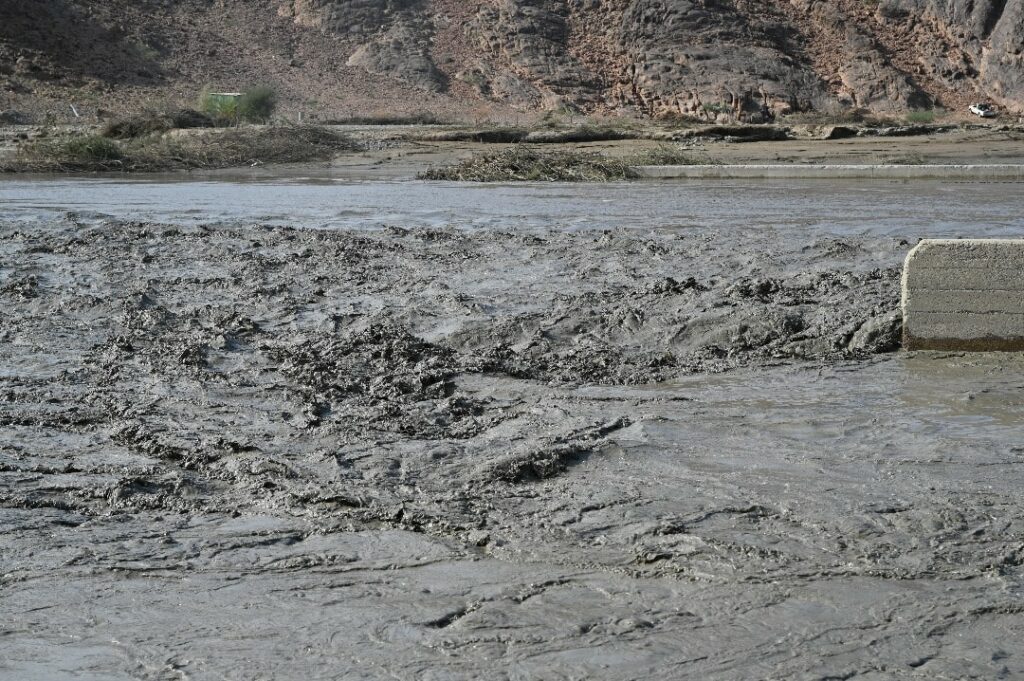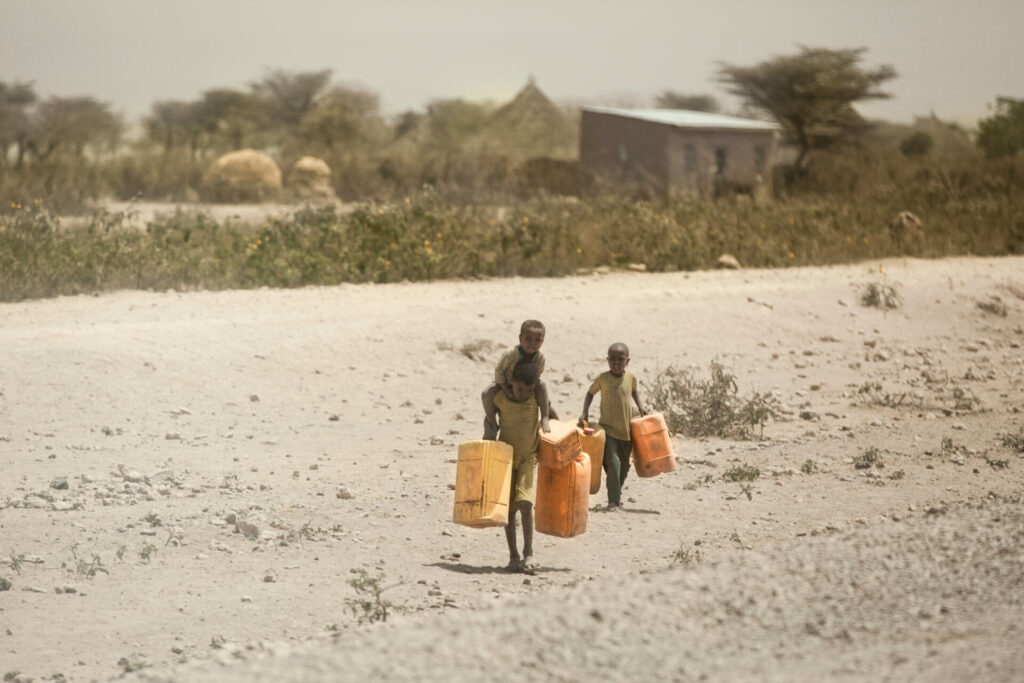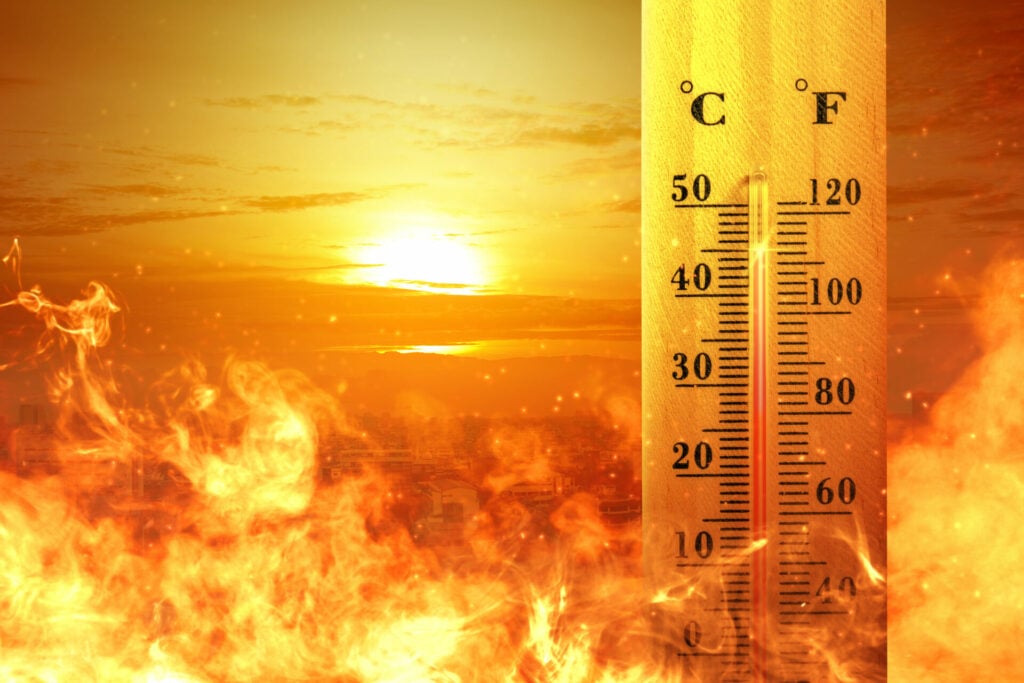A dam near Sudan’s Red Sea coast burst causing the loss of at least 30 lives, with 200 more people listed as missing after raging floods devastated 20 villages.
The disaster has heaped additional misery on a country where millions are already suffering from war and famine.
The Arba’at Dam, which holds back 25 million cubic meters of water, in a remote area 40 kilometers north of Port Sudan, supplied drinking water to the city which is home to the country’s ministries, NGOs and aid organisations as well as being its main port.

Torrential rains caused the floods that overwhelmed the structure and emptied its reservoir according to the country’s Federal Ministry of Health .
‘The area is unrecognisable. The electricity and water pipes are destroyed,’ Omar Eissa Haroun, head of the water authority for Red Sea state, said in a WhatsApp message to staff.
Emergency workers reported the bodies of gold miners and pieces of their equipment wrecked in the deluge and likened the disaster to the devastation in the eastern Libyan city of Derna in September last year when storm waters burst dams, swept away buildings and killed thousands.
On the road to Arba’at on Monday a Reuters reporter saw people burying a man and covering his grave with driftwood to try to prevent it from being washed away in mudslides.
50,000 Sudanese affected
The homes of about 50,000 people were impacted by the flooding, the United Nations said, adding that the number only accounted for the area west of the dam as the area east was inaccessible.
‘The city is threatened with thirst in the coming days,’ the Sudanese Environmentalists Association said in a statement to reporters.
Officials said the dam had started crumbling and silt had been building during days of heavy rain.
About 25 million residents require humanitarian assistance and protection. They face shortages of food, water, medicine and fuel. Sudan is also grappling with a deadly cholera outbreak.
Sudan’s dams, roads and bridges were already in disrepair before the war between the Sudanese army and the paramilitary Rapid Forces (RSF) began in April 2023 as both sides have poured the majority of resources into the conflict, leaving infrastructure badly neglected.
The conflict began when competition between the army and the RSF, who had previously shared power after staging a coup, flared into open warfare.

The Sudanese government’s rainy season taskforce said 132 people had been killed in floods across the country, up from 68 two weeks ago. At least 118,000 people have been displaced by the rains this year, according to UN agencies.
About 25 million residents — half of Sudan’s population — require humanitarian assistance and protection, according to the UN. They face shortages of food, water, medicine and fuel. Sudan is also grappling with a deadly cholera outbreak.
Recent flooding has hindered the delivery of crucial aid, and has also led to widespread scorpion and snake infestations, particularly in the Northern and River Nile states, as a shortage of venom serum increased risks to the community.
This month, the Office of the UN High Commissioner for Refugees said that thousands were bearing the brunt ‘of an incredibly dire humanitarian situation after more than a year of deadly war that has now led to the tragedy of famine conditions, all compounded by the growing impacts of climate change’.
Header image credit: OCHA/Lokuju Peter













